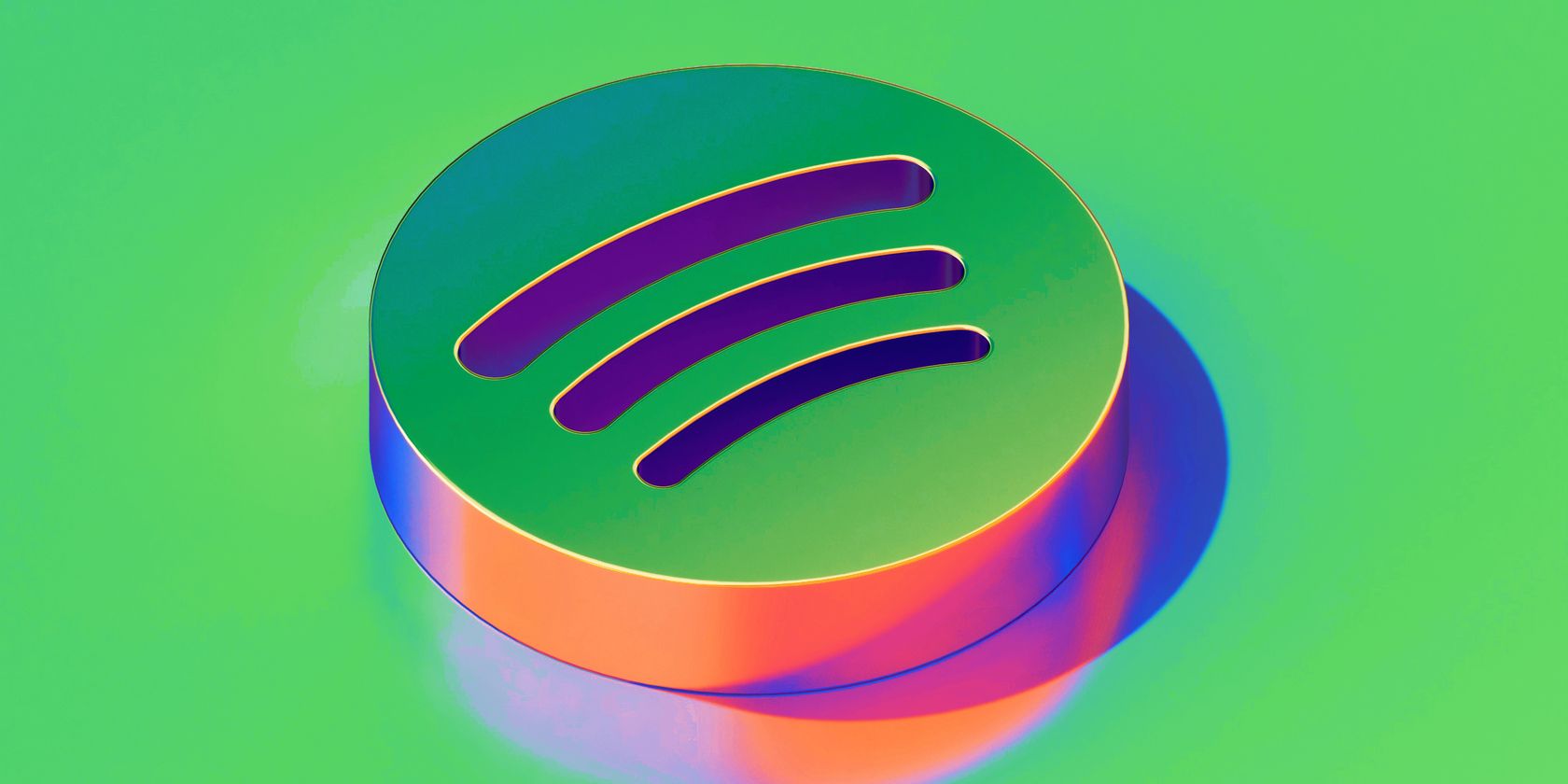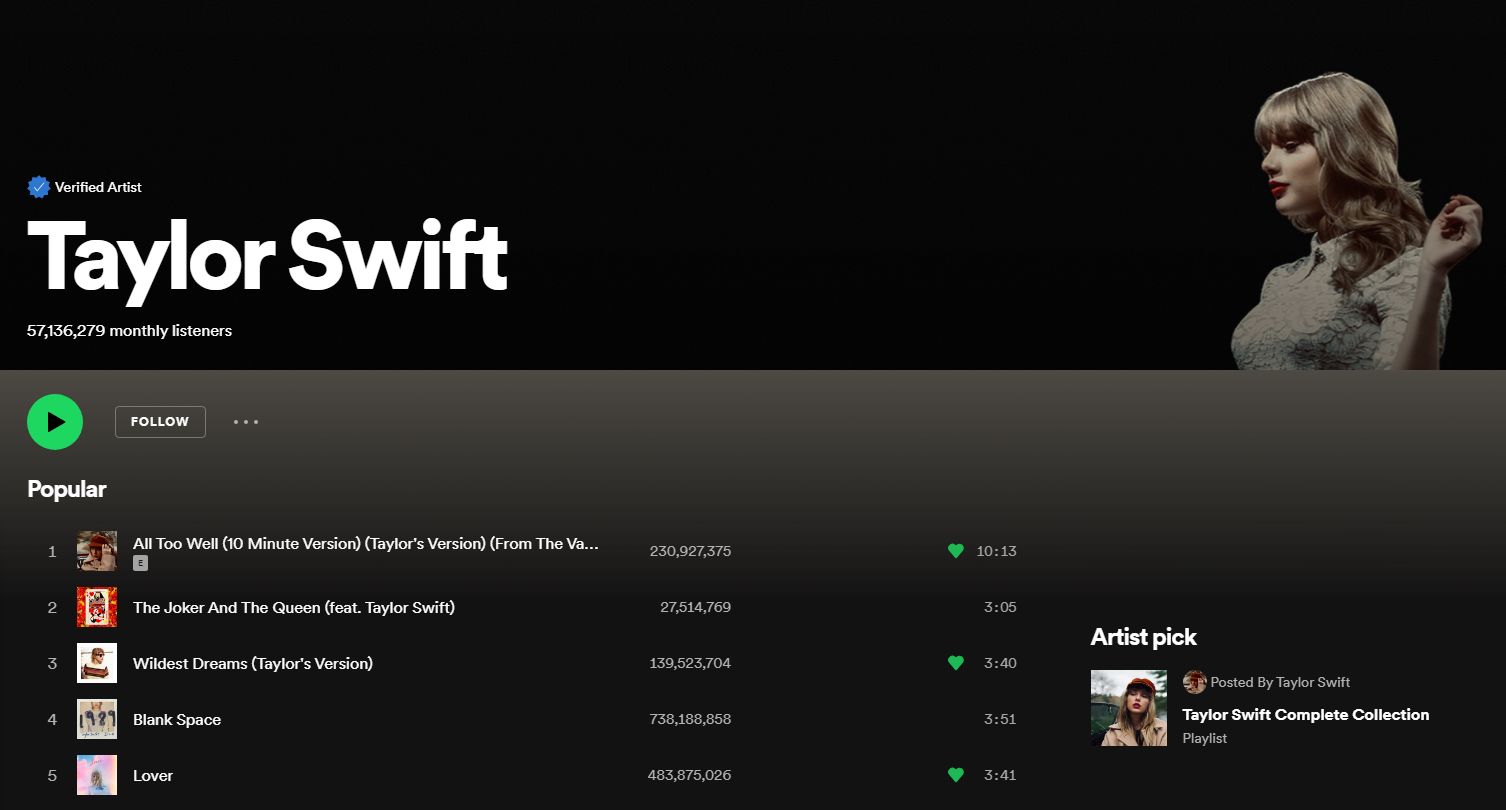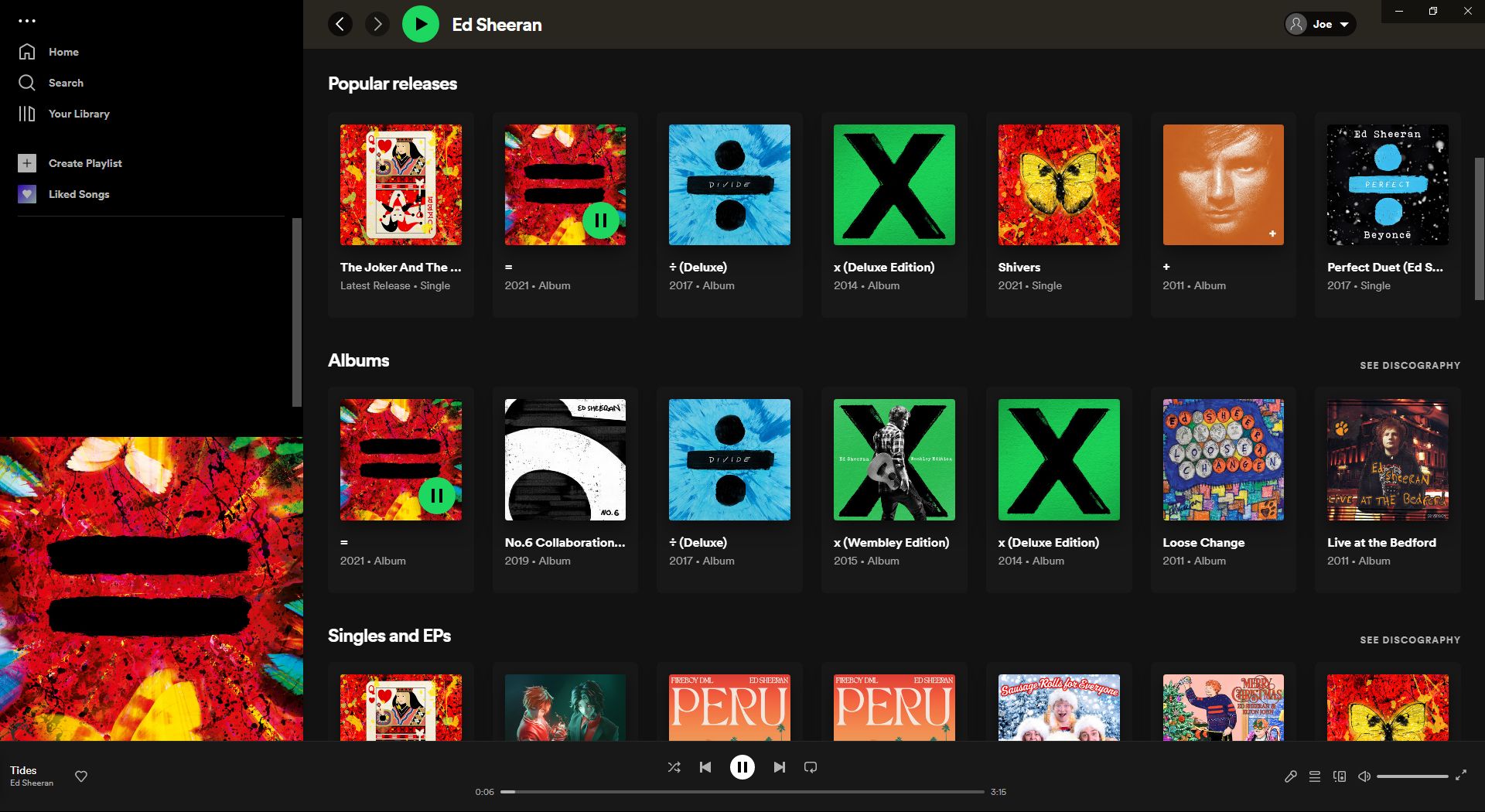Spotify has seen incredible growth since its launch in 2006, taking the music industry from reliance on physical sales and purchasable downloads into the world of streaming. It has over 400 million subscribers, and for good reason—it's an incredibly convenient way to consume music, no matter where you are.
That said, Spotify is by no means perfect. There are plenty of reasons why you might not want to use the service, whether it's hosting questionable content, unfair artist payouts, or missing features.
Here are all the reasons why you shouldn't use Spotify.
1. You Don't Own Anything
Though Spotify does offer free membership, it exists primarily as a way to encourage people to sign up for a paid membership. But even though you're handing over money, you don't own any of the content on Spotify.
Essentially, you pay for a right to access the music temporarily. Spotify or its artists can pull the music at any time and there's nothing you can do about it. Same for if the service suffers an outage or ever shuts down permanently. That's different from, say, buying a vinyl, which you own indefinitely.
2. Music Missing From the Catalog
Spotify claims to have over 82 million tracks hosted on its platform. That's a lot of music, but it doesn't mean that everything you want is available. Spotify has gaps, especially when it comes to older music, classical pieces, and remixes.
Plus, music doesn't always stay on Spotify. Artists like Joni Mitchell, India Arie, and Neil Young are all missing from Spotify at the time of writing. In 2014, Taylor Swift famously pulled her music from Spotify for several years, though she eventually reversed the decision.
3. Annoying Ads for Free Users
If you subscribe to Spotify, you get a completely ad-free experience. However, to support the free membership, Spotify runs ads between your music. That's perfectly understandable—it can't offer the service without limitations.
However, the regularity of these ads, sometimes after every two songs, is infuriating. Many users also report that the volume of these ads is louder than the music.
The free tier also only plays music on shuffle (except for some playlists), which ruins the crafted experience of listening to an album beginning to end.
4. No Lossless Streaming
In February 2021, Spotify announced it would bring CD-quality audio to the service through a new HiFi tier, but that still hasn't come to fruition. Currently, the highest audio quality Spotify offers is 320kbit/s for paid subscribers.
The company hasn't talked much about it since then, simply acknowledging in February 2022 that Spotify HiFi has been delayed due to licensing issues. It's an unfortunate situation considering that Apple Music and Amazon Music Unlimited both offer lossless streaming at no additional cost.
5. History of Security Breaches
Spotify has suffered its fair share of security breaches and issues over the years. Some examples include:
- In December 2020, Spotify notified some users that their personal information (including email, password, and date of birth) was exposed to some business partners.
- In May 2014, Spotify announced it had been hacked, though claimed only one user's data was accessed. It pushed an upgrade to its Android app and required everyone to update.
- In March 2011, a Spotify ad injected a fake Windows Recovery program to user's computers, without them needing to click the ad.
6. Hosting Misinformation
In early 2022, Spotify courted controversy over supporting Joe Rogan, a podcaster on its platform whose previous episodes contained COVID-19 misinformation. While Spotify removed some of the more troubling episodes, plenty remained.
Spotify's handling of misinformation on its platform has been generally weak. Spotify added written content warnings to some podcasts, but those are easy to overlook and don't do enough to curb the spread.
7. Forcefully Pushing Podcasts
Do you want to listen to podcasts? No? Spotify isn't interested. In a way, Spotify cares more about podcasts than music. If you check out a single podcast on Spotify, episode recommendations immediately flood your feed.
Plus, the home screen of Spotify prominently displays a podcast "Shows you might like" section, which you can't delete or remove. It just means you have to scroll further and search more to actually find music.
8. Poor Artist Payout
Every time you listen to a song on Spotify, around 30% of the revenue goes to the streaming company. Spotify then pays the rights holder between $0.003 and $0.005 per stream, though that varies per country.
Roughly, an artist can expect to make $3,500 per one million streams. This means that only the most popular artists make any real money from the platform. It devalues the art and means that most musicians need to turn to other revenue avenues, like tours, physical sales, and merchandise.
9. Arbitrary Feature Removal and Interface Changes
Spotify changes its interface regularly. Some of these are small changes, like tweaked icons. Others are larger, like when Spotify redesigned all of its apps in 2021 to be in line with its more basic web player.
Many saw this as a step back. Now, for example, the Spotify app has no persistent search bar, and albums aren't listed in release date order on artist pages. It means it takes more clicks to do things.
Spotify is notorious for arbitrarily removing features or making interface changes that go against what users want. For example, though Spotify offered real-time lyrics in 2015, the much-loved feature was pulled and only returned in late 2021.
10. Limit to How Many Songs You Can Download
At one time, Spotify only allowed you to add 10,000 songs to your personal library. For music lovers, it was an inconvenient limitation. Thankfully, Spotify removed the limit in 2020.
However, that limitation still holds when it comes to how many songs you can download for offline listening on Spotify. The service only lets you download 10,000 songs per device (up to five). If your music collection is larger than that and you travel away for long periods of time, it means you need to make sacrifices.
Are Other Music Streaming Services Superior?
These negatives aren't all unique to Spotify. Some of them, like not owning music or paying musicians a pittance, are problems that plague the music industry as a whole. But if you're not a fan of Spotify, you might find another streaming service like Amazon Music or Apple Music is better suited to you.



